When Helping Hurts: How to Travel Intentionally
Mission trips. Service trips. Alternative Spring Break programs. Voluntourism. There are many different types of travel that somehow involve interacting with an impoverished community, whether it be locally or abroad.
Our Experience
Intentional travel has led us to a few of these experiences in places like Nicaragua, the Dominican Republic, Haiti, and Jamaica.
Sometimes it’s just a week trip. In cases like the Dominican Republic and Jamaica, it’s extended to several months or years.
The thing we’ve discovered about volunteering abroad is that it’s not always helpful to the community being “served.” As someone who yearns to see the world changed for the better, this is a major issue. If we want to make a positive impact but we’re inadvertently creating more problems, it’s something worth investigating.
In our first trip to a developing country together as a couple, we spent a week with Haiti Foundation of Hope witnessing the various ways they have been working in the community of Terre Blanche.
To this day, we often refer back to the example they set out for sustainable community development and empowerment. We have a real-life picture of what it looks like to partner with a community in a healthy and helpful way.
Introducing: When Helping Hurts by Steve Corbett and Brian Fikkert
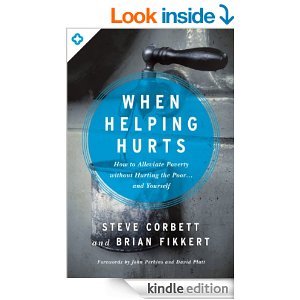 The founders of Haiti Foundation of Hope recommended one of the most valuable books I’ve ever read: When Helping Hurts – How to Alleviate Poverty Without Hurting the Poor… And Yourself, and I want to recommend it to you now.
The founders of Haiti Foundation of Hope recommended one of the most valuable books I’ve ever read: When Helping Hurts – How to Alleviate Poverty Without Hurting the Poor… And Yourself, and I want to recommend it to you now.
It’s written for churches and mission teams, but the strategies it provides to help the poor empower themselves is a message that applies to faith-based and secular groups alike.
The foundational message behind this book is that it takes more than hand-outs to alleviate poverty because poverty is not as simple as a lack of material goods. How we define a problem like poverty ultimately affects how we approach the solution.
Two factors at play when a service project undermines the people it’s intended to help are:
1. Treating symptoms instead of the underlying illness;
2. Misdiagnosing the underlying illness and prescribing the wrong medicine.
In other words, to be truly helpful and make a positive impact, we must be intentional.
We need to understand the context of the community we’re entering. We need to address our own biases about poverty and what it means to help. We need to look deeper, at the root causes, and know how our approach will affect the bigger picture.
If you do service trips or ministry of any kind, I urge you to invest in this book or check out their free video series and other resources.
I cannot recommend this book enough to anyone who participates in volunteerism during their travels. It’s coming from a faith-based perspective but the principles are universal and extremely important.
Next, I want to expand on one more critical concept for volunteer travel that will help us make sure we’re not undermining the communities we’re trying to help.
Again, this concept comes from the book When Helping Hurts: How to Alleviate Poverty Without Hurting the Poor… And Yourself by Steve Corbett and Brian Fikkert.
Three Stages of Help
The book poses this question:
Under what conditions do you believe it would be appropriate to give things or money to people who need help?
As discussed earlier, how we define poverty and its causes will determine how we choose to help. If we believe that poverty is simply a lack of material things, then our solution will be to give material things.
But if we understand that poverty is not as simple as that, we will look deeper. We will see that different situations call for different approaches. The book defines these in three stages:
Discern whether the situation calls for relief, rehabilitation, or development… The failure to distinguish among these situations is one of the most common reasons that poverty-alleviation efforts often do harm.
Relief
Relief is for an emergency situation. Urgent and temporary crises, like natural disasters, would fall into this category. To use a medical scenario, this is when a doctor has to stop the bleeding of a wounded victim.
Ask yourself: If I fail to provide help, will there really be serious, negative consequences – or is there possibility for the person/community to take actions on their own behalf?
The key feature of relief is a provider-receiver dynamic in which the provider gives assistance- often material- to the receiver, who is largely incapable of helping himself at that time.
Rehabilitation
Rehabilitation comes into play once the life-or-death situation passes- or, to continue the medical analogy, once the bleeding stops. At this point, any “outsiders” there to help are working with the victims who are able to participate in the restoration of their wellbeing. As soon as someone is able to help themselves, or at least participate in their own betterment, the provider-receive dynamic needs to change.
Avoid paternalism. Do not do things for people that they can do for themselves.
Development
The key to Development is empowerment. It is a long-term, ongoing process where “helpers” and the “helped” work together so that all involved can “become more of what God created them to be,” improving in a holistic way. This means the poor become better able to fulfill their life calling, working and supporting themselves with the fruits of their work.
Development is not done to or for people but with people.
Understanding the difference between Relief, Rehabilitation, and Development can ensure that we’re meeting needs with appropriate solutions.
One of the biggest mistakes that North American[s] make- by far- is in applying relief in situations in which rehabilitation or development is the appropriate response.
 There are so many more critical concepts and best practices to be found in the book, When Helping Hurts, I truly hope this brief introduction will inspire you to dig deeper before your next mission trip or volunteer experience.
There are so many more critical concepts and best practices to be found in the book, When Helping Hurts, I truly hope this brief introduction will inspire you to dig deeper before your next mission trip or volunteer experience.
Have you witnessed or been a part of relief, rehabilitation, or development efforts? Was it done appropriately? Please share your experiences and reflections in the comments below.
You might also like:
The Problem With Mission Trips
Novels That Will Transport You To Another Land

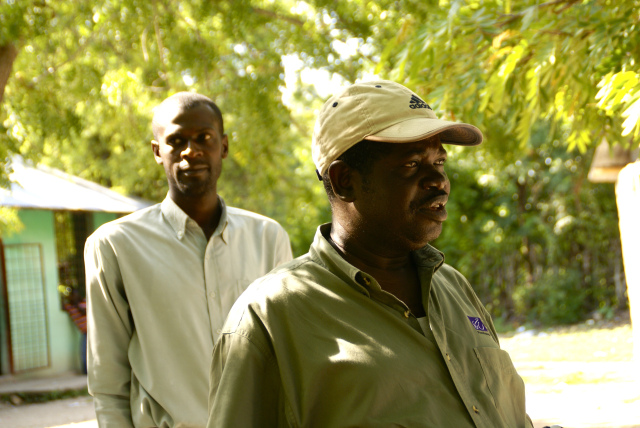
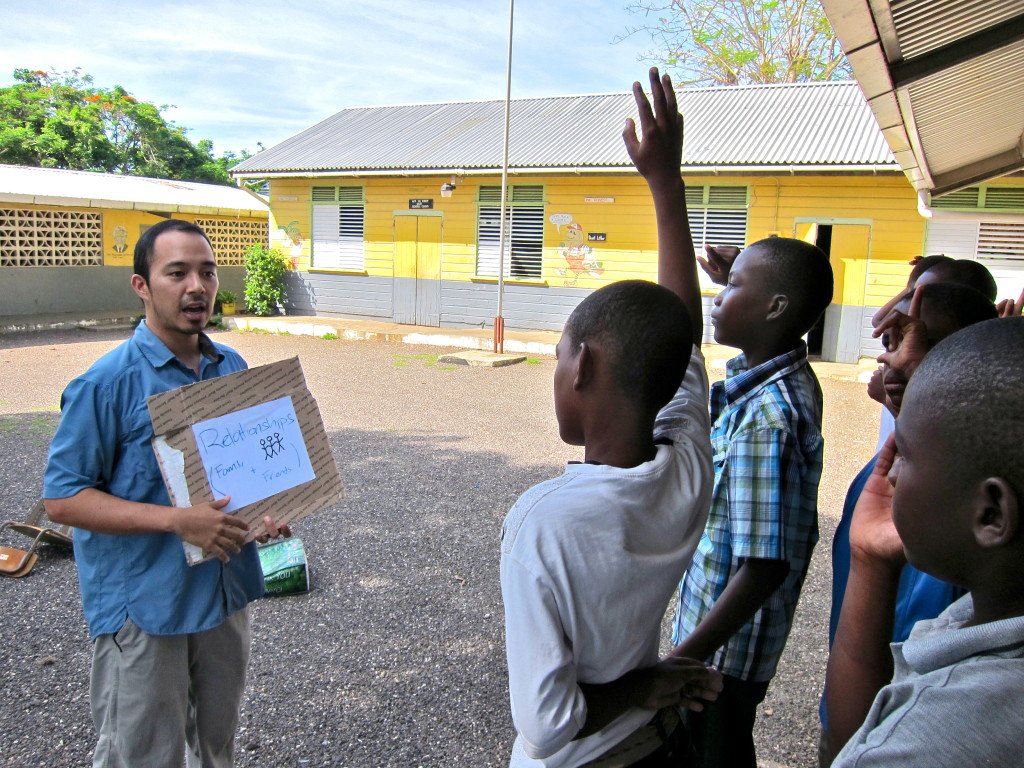


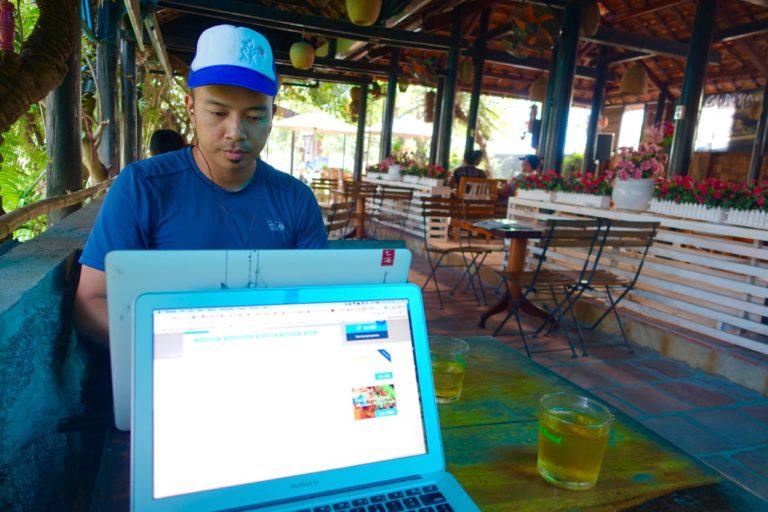
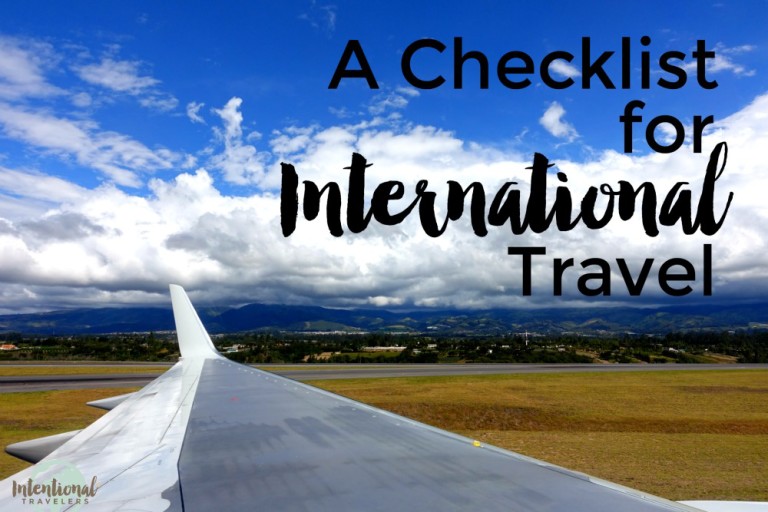



Hi Michelle…you make such an important point in this post. It is so easy to think that the solution to any problem is money and if we are really paying attention it is pretty obvious that it often just makes things worse. Thank you for the recommendation of this book. It sounds fascinating and should be a valuable resource for anyone hoping to really make a difference. ~Kathy
Thanks, Kathy. It really is a worth-while read. I hope more travelers and volunteers will take a look!